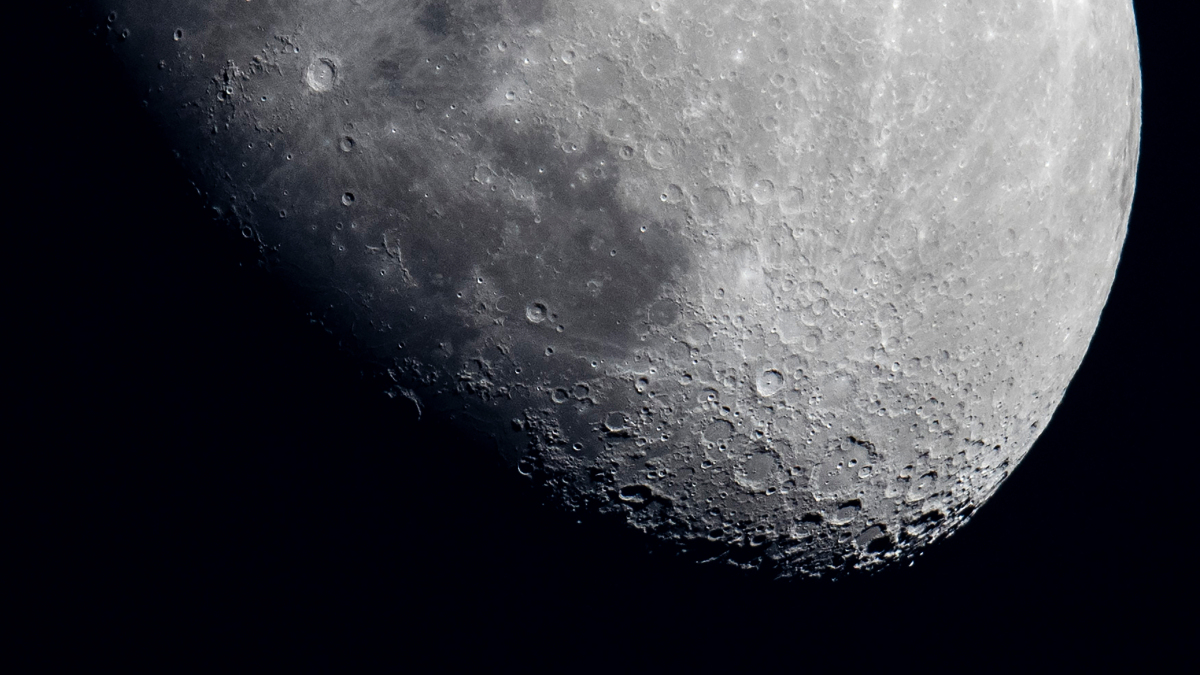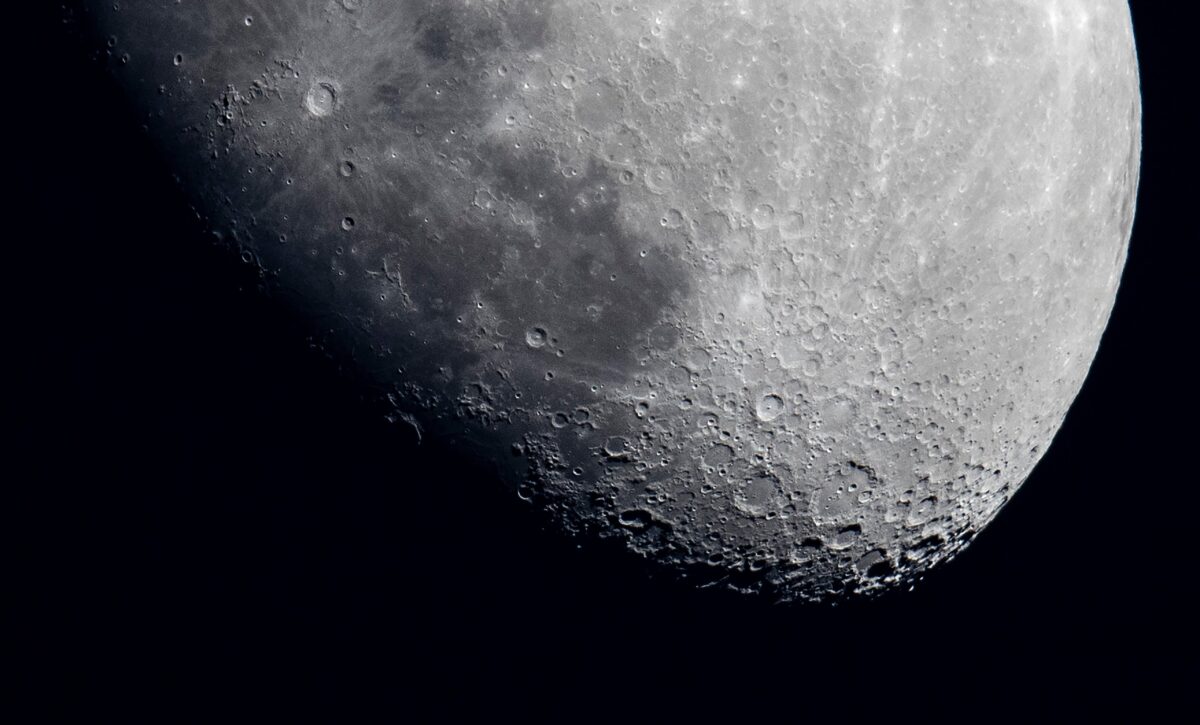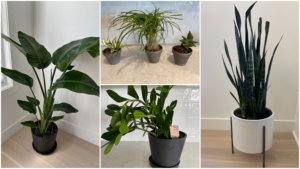
As the global climate crisis leads to record temperatures around the world, there’s actually one place in the universe that’s sitting at a comfortable temperature right now — pits on the surface of the moon.
These lunar pits, a set of caves and collapsed lava tubes burrowed down into the surface, were discovered by NASA to be potential thermally stable sites for both mechanic and human exploration, resting at a pleasant 63 degrees Fahrenheit (or about 17 degrees Celsius).
The new data comes from NASA’s Lunar Reconnaissance Orbiter (LRO) spacecraft and computer modeling, part of a lunar exploration initiative to map the moon’s surface first launched in 2009 — the spacecraft’s orbital mission was later extended and assigned several more moon science objectives intended to reveal information about the moon’s environment. The pits themselves were first revealed in the initial LRO mapping expedition.
“Lunar pits are a fascinating feature on the lunar surface,” wrote LRO project scientist Noah Petro in NASA’s announcement. “Knowing that they create a stable thermal environment helps us paint a picture of these unique lunar features and the prospect of one day exploring them.”
Surface temperatures on the moon are usually not as temperate as the pits, with day-time temperatures reaching a high of 260 degrees Fahrenheit (about 127 degrees Celsius) and night-time lows at -280 Fahrenheit (about -173 degrees Celsius). NASA says the pits were being looked into as possible cave networks that could be safely explored or used as shelter from cosmic rays, solar radiation, and micrometeorites that affect space expeditions. Several of the pits show evidence of cliff overhangs and other outcroppings that provide necessary shade from the extreme heat and suggest below-surface caves large enough to enter.
NASA scientists — including David Paige, who co-authored the temperature measurement paper and leads the Diviner Lunar Radiometer Experiment aboard the LRO — says this temperature discovery could make such lunar exploration much easier for us non-mechanic beasts. “Humans evolved living in caves, and to caves we might return when we live on the moon,” he said.












